Home>Technology>Security & Surveillance>How To Lock A Door That Opens Out
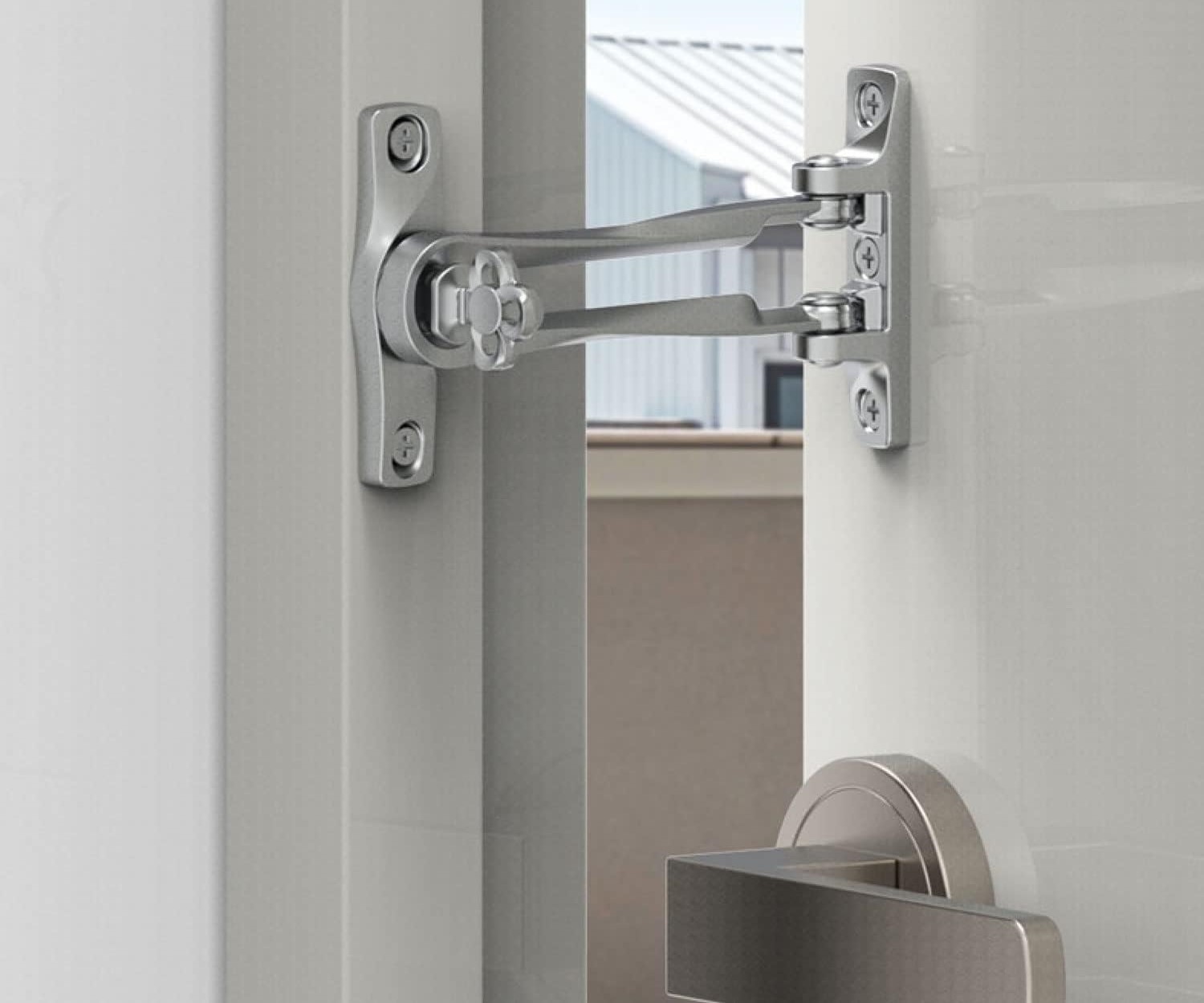

Security & Surveillance
How To Lock A Door That Opens Out
Modified: January 3, 2024
Learn how to secure your outward-opening door with our expert tips on security and surveillance. Keep your home safe and protected with these essential techniques.
(Many of the links in this article redirect to a specific reviewed product. Your purchase of these products through affiliate links helps to generate commission for Storables.com, at no extra cost. Learn more)
Introduction
Welcome to the world of home security, where the simple act of locking a door can provide peace of mind and a sense of safety. In this comprehensive guide, we will explore the intricacies of securing a door that opens outward, offering valuable insights into the selection and installation of the right lock for your specific needs.
Whether you are a new homeowner, a seasoned DIY enthusiast, or someone looking to bolster their home’s security, understanding the nuances of locking an outward-opening door is crucial. By delving into the fundamentals of door security and exploring the various options available, you can make informed decisions and take proactive steps to safeguard your home and loved ones.
Join us on this journey as we unravel the mysteries of securing outward-opening doors, empowering you with the knowledge and confidence to fortify your living space and create a haven of security and tranquility.
Key Takeaways:
- Choose a high-security lock compatible with your outward-opening door’s material and weather conditions. Consider smart lock options for added convenience and advanced security features.
- After installing your chosen lock, test its smooth operation, latch alignment, and resistance to physical manipulation. Ensure keyless and remote access features, if applicable, function reliably.
Read more: How To Open A Slam Lock Door
Understanding the Door
Before delving into the realm of locks and security measures, it’s essential to grasp the unique characteristics of outward-opening doors. Unlike their inward-opening counterparts, which are hinged on the inside of a room, outward-opening doors swing towards the exterior of a building. This fundamental distinction necessitates specialized approaches to securing such doors, as traditional lock mechanisms may not suffice.
Outward-opening doors are prevalent in many residential and commercial settings, offering practical advantages such as space optimization and enhanced protection against forced entry. However, their outward orientation poses distinct security challenges, as the hinge pins and exposed hardware are susceptible to tampering and manipulation from the outside.
Additionally, the configuration of an outward-opening door influences the selection and installation of a suitable lock. Factors such as the door material, frame structure, and surrounding environment must be carefully considered to ensure optimal security and functionality.
Understanding the anatomy of an outward-opening door, including its components and potential vulnerabilities, serves as the foundation for implementing effective security measures. By gaining insight into the intricacies of these doors, you can make informed decisions when selecting and installing a lock that aligns with your security objectives and complements the unique characteristics of your entryway.
With a solid understanding of outward-opening doors in place, we are poised to explore the diverse range of locks tailored to address the specific requirements of these doors, empowering you to make informed choices and fortify your home or business with confidence.
Choosing the Right Lock
When it comes to securing an outward-opening door, selecting the appropriate lock is pivotal in fortifying your property against unauthorized access. The market offers a plethora of lock options, each designed to address distinct security needs and door configurations. To make an informed choice, consider the following factors when choosing a lock for your outward-opening door:
- Security Level: Assess the security level required for your specific application. High-security locks, such as deadbolts with reinforced strike plates, provide robust protection against forced entry attempts.
- Door Material: Consider the material of your outward-opening door. Whether it’s wood, metal, or composite, the lock should be compatible with the door’s composition to ensure reliable performance and longevity.
- Weather Resistance: If the door is exposed to the elements, opt for a lock designed to withstand varying weather conditions without compromising its functionality.
- Keyed Entry or Keyless Options: Determine whether you prefer a traditional keyed entry system or a keyless alternative, such as electronic keypad locks or smart lock solutions offering advanced access control features.
- Installation Compatibility: Ensure that the chosen lock is suitable for outward-opening doors and can be seamlessly integrated into the existing hardware and door frame.
For outward-opening doors, deadbolts are a popular choice due to their robust construction and reliable performance. When selecting a deadbolt, prioritize features such as hardened steel bolts, anti-saw pins, and pick-resistant mechanisms to enhance security.
Moreover, consider the inclusion of a reinforced strike plate to bolster the door frame and thwart forced entry attempts. A high-quality strike plate, secured with long screws that penetrate into the door’s structural framing, significantly enhances the door’s resistance to physical attacks.
For added convenience and security, explore modern locking solutions equipped with smart features, allowing remote access control and activity monitoring. Electronic keypad locks and smart deadbolts offer keyless entry options and enable seamless integration with home automation systems, elevating the overall security posture of your property.
By carefully evaluating these factors and exploring the diverse array of lock options tailored for outward-opening doors, you can make an informed decision that aligns with your security requirements and complements the unique characteristics of your entryway.
Install a deadbolt lock on the door that opens out. This type of lock is more secure and can only be opened with a key from the outside, making it difficult for intruders to break in.
Installing the Lock
Once you have selected the ideal lock for your outward-opening door, the next crucial step is the meticulous installation of the chosen security mechanism. Proper installation is paramount to ensure the lock functions optimally and provides the intended level of security. Follow these essential steps to install the lock effectively:
- Prepare the Door: Begin by carefully examining the door and its frame to identify any existing damage or alignment issues. Rectify any structural concerns before proceeding with the installation to guarantee a solid foundation for the new lock.
- Mark the Drill Points: Using the lock’s template or instructions as a guide, mark the precise locations for drilling holes to accommodate the lock mechanism and any additional components, such as the strike plate.
- Drill the Openings: Utilize the appropriate tools to drill the necessary holes for the lock cylinder, latch, and strike plate. Exercise caution and precision during this phase to prevent splintering or damaging the door surface.
- Install the Lock Components: Carefully insert the lock cylinder, latch, and any accompanying hardware into the designated openings, ensuring a secure and snug fit. Follow the manufacturer’s instructions and recommendations for each specific component.
- Mount the Strike Plate: Position the reinforced strike plate on the door frame and secure it using long screws that anchor into the underlying structural framework. This step is crucial for reinforcing the door’s resistance to forced entry attempts.
- Test the Operation: Verify the functionality of the installed lock by testing its operation multiple times. Ensure smooth locking and unlocking motions, and confirm that the door latches securely without excessive friction or resistance.
- Adjust and Fine-Tune: If necessary, make minor adjustments to the lock mechanism and strike plate to optimize their alignment and functionality. This step is vital for achieving seamless operation and maximizing the lock’s security capabilities.
Throughout the installation process, adhere to the manufacturer’s guidelines and recommendations to guarantee the proper functioning of the lock and to maintain any associated warranties. If you encounter any challenges or uncertainties during the installation, consider seeking professional assistance to ensure the lock is installed correctly and efficiently.
By meticulously following these installation steps and exercising precision and care, you can seamlessly integrate the chosen lock into your outward-opening door, enhancing its security and fortifying your property against unauthorized access.
Testing the Lock
After successfully installing the lock on your outward-opening door, it is imperative to conduct comprehensive testing to validate its functionality and ensure that it provides the intended level of security. Thorough testing not only verifies the proper operation of the lock but also offers peace of mind, knowing that your property is effectively safeguarded. Follow these essential steps to methodically test the newly installed lock:
- Operational Testing: Begin by testing the lock’s operational features, including the smoothness of key insertion and rotation, as well as the ease of engaging and disengaging the locking mechanism. Verify that the key turns smoothly without undue resistance or obstruction.
- Latch Alignment: Confirm that the door latches securely and seamlessly when the lock is engaged. Ensure that the latch aligns with the corresponding strike plate without requiring excessive force or adjustment.
- Security Assessment: Assess the lock’s resistance to physical manipulation by applying gentle pressure to the door and attempting to bypass the lock through external force. Verify that the lock and strike plate effectively withstand these simulated intrusion attempts.
- Keyless Entry (If Applicable): If your chosen lock features keyless entry, thoroughly test the electronic or keypad functionality to ensure seamless access without any glitches or malfunctions. Familiarize yourself with the keyless entry process and verify its reliability.
- Weather Endurance: If the lock is exposed to outdoor elements, such as rain or direct sunlight, assess its resilience to varying weather conditions. Verify that the lock’s components and electronic elements, if applicable, remain functional and unaffected by environmental factors.
- Remote Access (If Applicable): For smart locks equipped with remote access capabilities, test the remote locking and unlocking features to ensure seamless connectivity and reliable operation from a distance, if applicable.
Throughout the testing process, maintain a keen eye for any irregularities or performance issues, and address them promptly to uphold the lock’s effectiveness and reliability. Additionally, familiarize yourself with the lock’s maintenance requirements, such as periodic lubrication or battery replacement for electronic locks, to sustain its long-term performance.
By meticulously conducting these comprehensive tests and assessments, you can ascertain the proficiency of the newly installed lock, affirming its ability to fortify your outward-opening door and uphold the security of your property.
Read more: How To Open A Bathroom Door Lock
Conclusion
Securing an outward-opening door is a fundamental aspect of fortifying your property and ensuring the safety of its occupants. By understanding the unique characteristics of outward-opening doors and selecting the appropriate lock tailored to these specific requirements, you can establish a robust security posture that mitigates the risk of unauthorized access and intrusions.
Through careful consideration of factors such as security level, door material, weather resistance, and installation compatibility, you can make informed decisions when choosing a lock that aligns with your security objectives and complements the distinct features of your outward-opening door.
Furthermore, the meticulous installation and comprehensive testing of the chosen lock are pivotal steps in guaranteeing its optimal functionality and security effectiveness. By adhering to proper installation procedures and conducting thorough testing, you can instill confidence in the lock’s ability to safeguard your property against potential threats.
As you embark on the journey of securing your outward-opening door, remember that the investment in high-quality locks and diligent installation practices serves as a proactive measure to enhance the overall security of your home or business. By prioritizing security and leveraging the wealth of lock options available, you can create a protective barrier that offers peace of mind and tranquility.
Embrace the empowerment that comes with fortifying your property, and take pride in knowing that your outward-opening door is equipped with a reliable and resilient lock, serving as a stalwart guardian of your sanctuary.
With a steadfast commitment to security and a proactive approach to door protection, you can embark on each day with the assurance that your home or business is safeguarded by a formidable barrier that stands resolute against potential threats.
Frequently Asked Questions about How To Lock A Door That Opens Out
Was this page helpful?
At Storables.com, we guarantee accurate and reliable information. Our content, validated by Expert Board Contributors, is crafted following stringent Editorial Policies. We're committed to providing you with well-researched, expert-backed insights for all your informational needs.
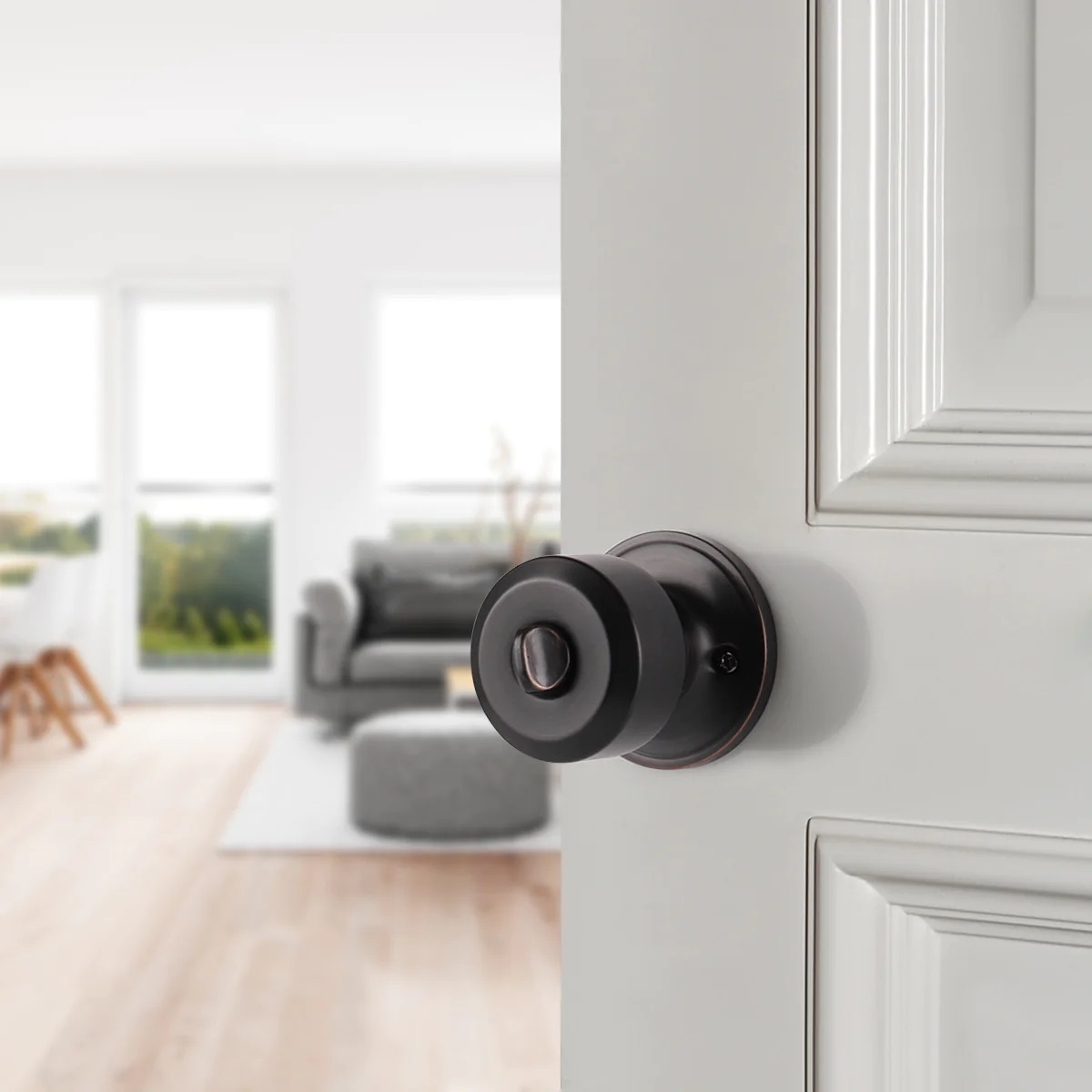
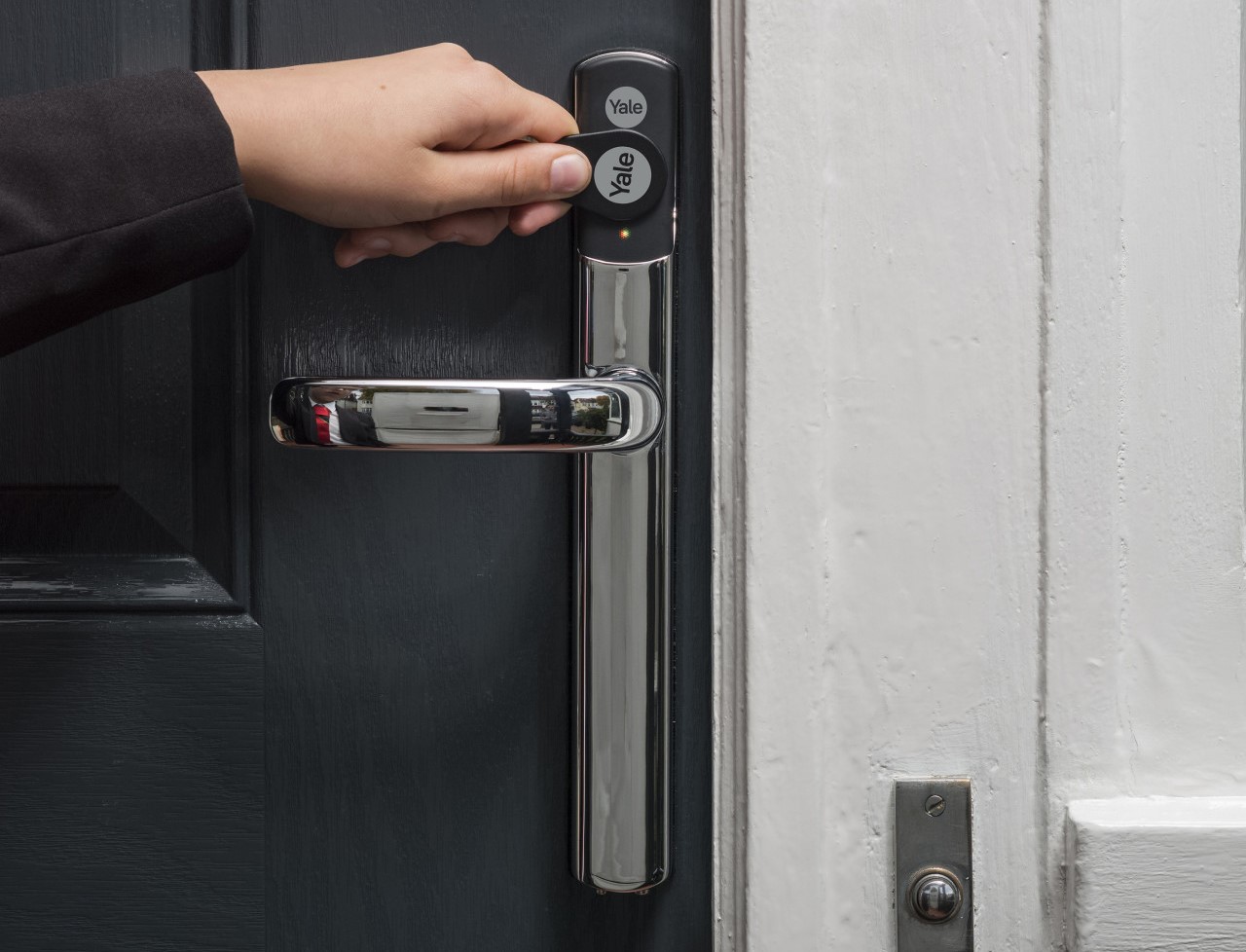
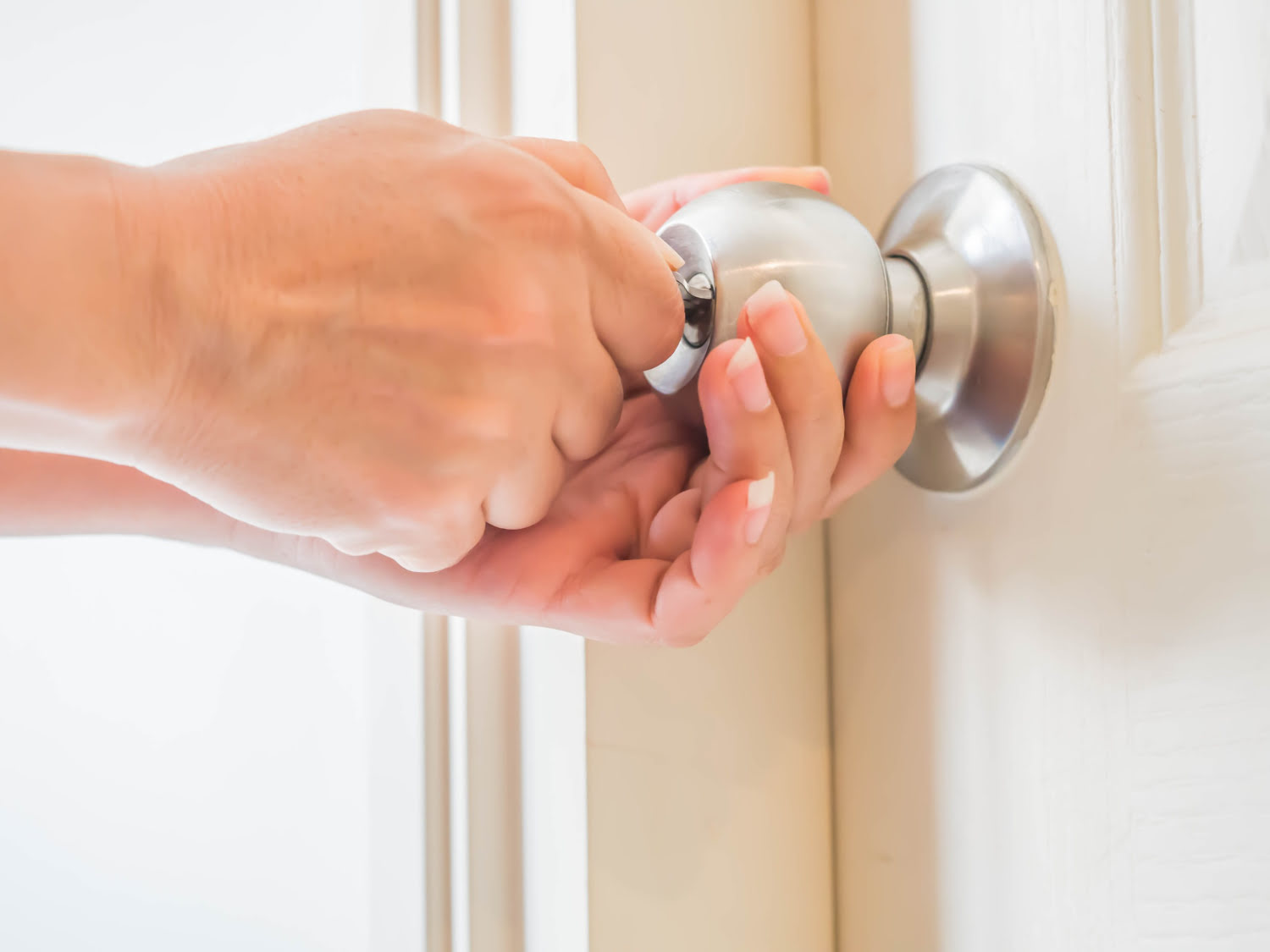
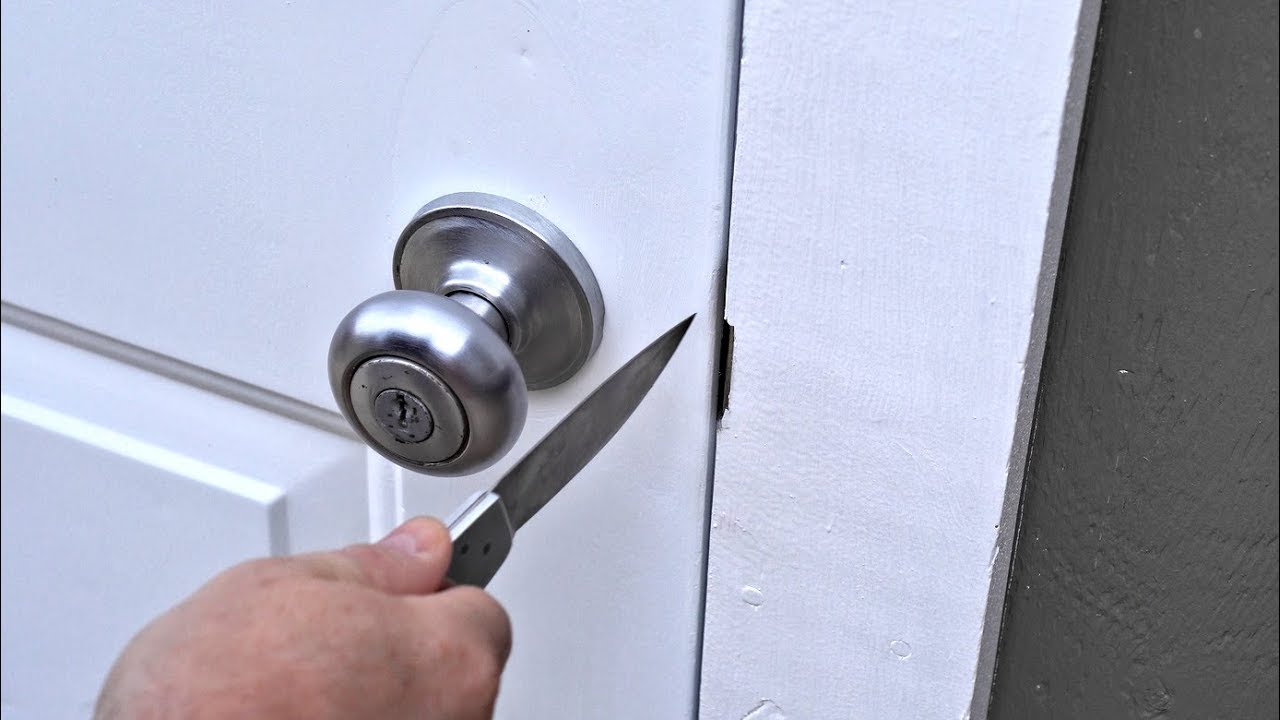
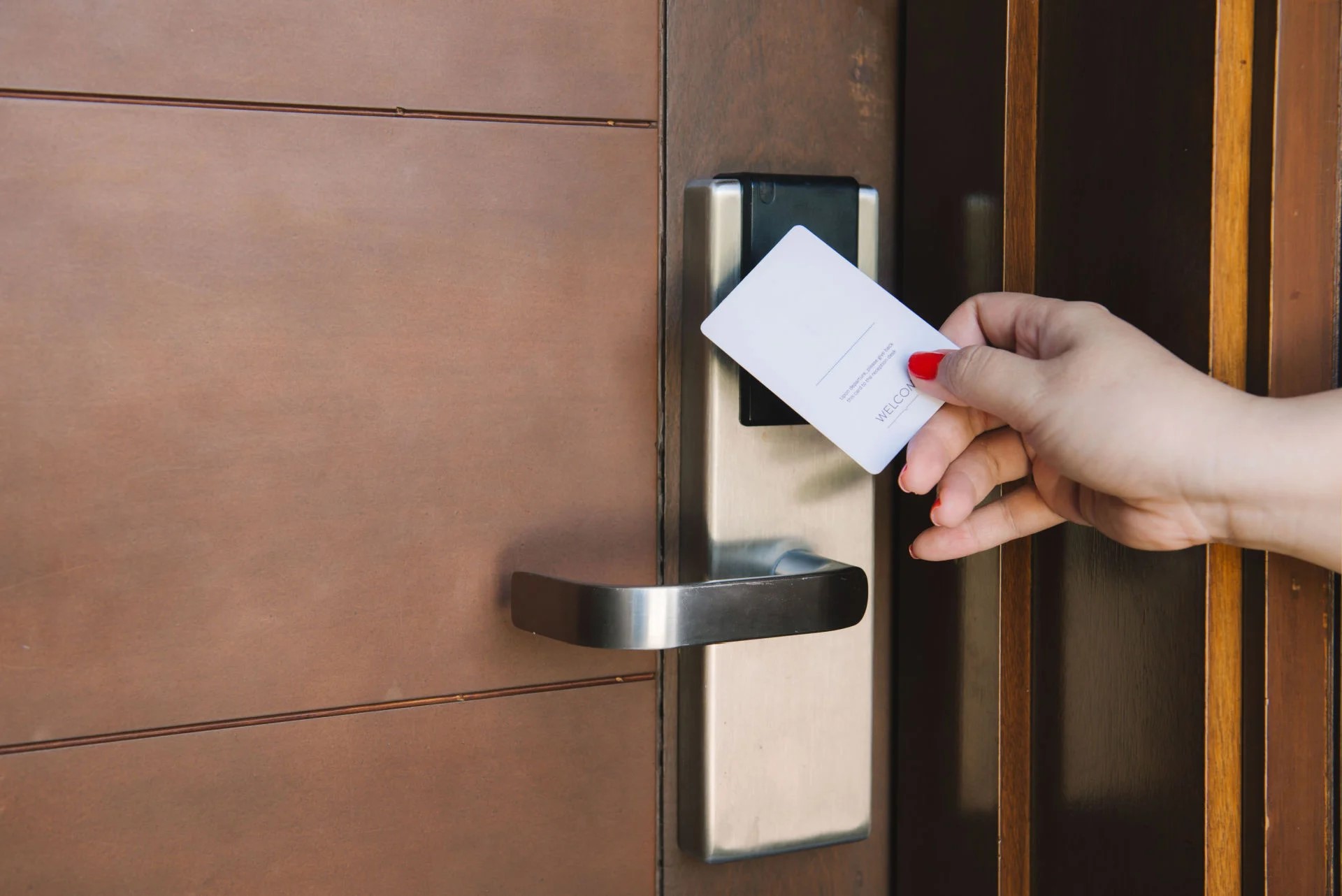
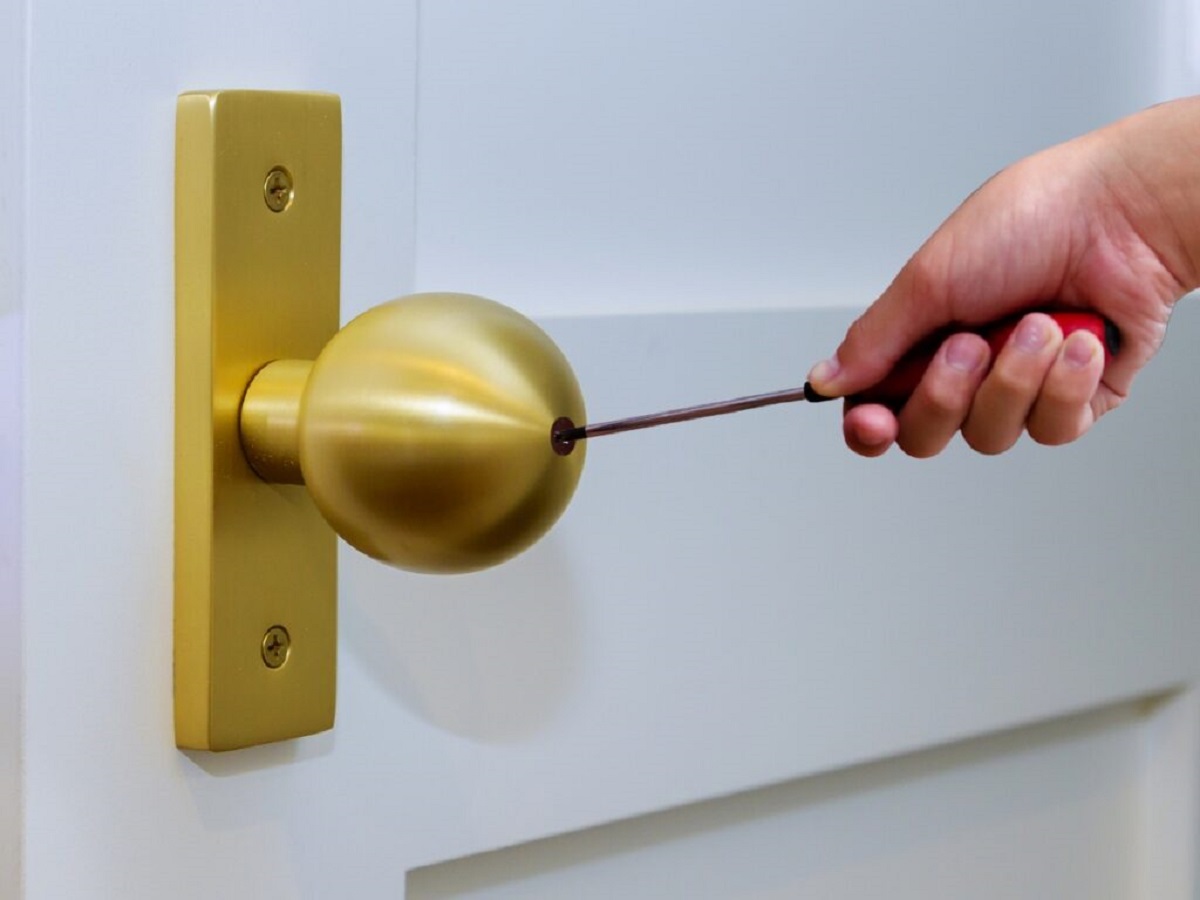
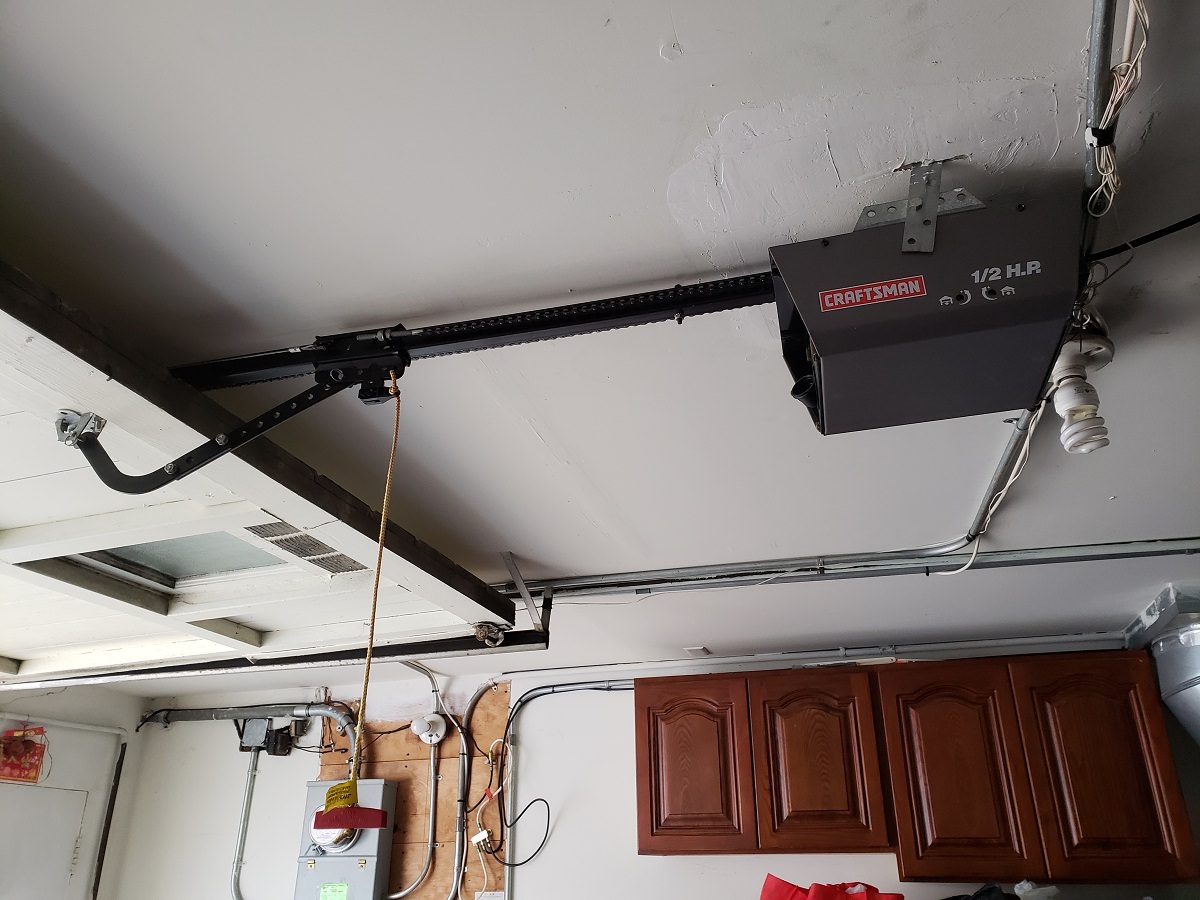
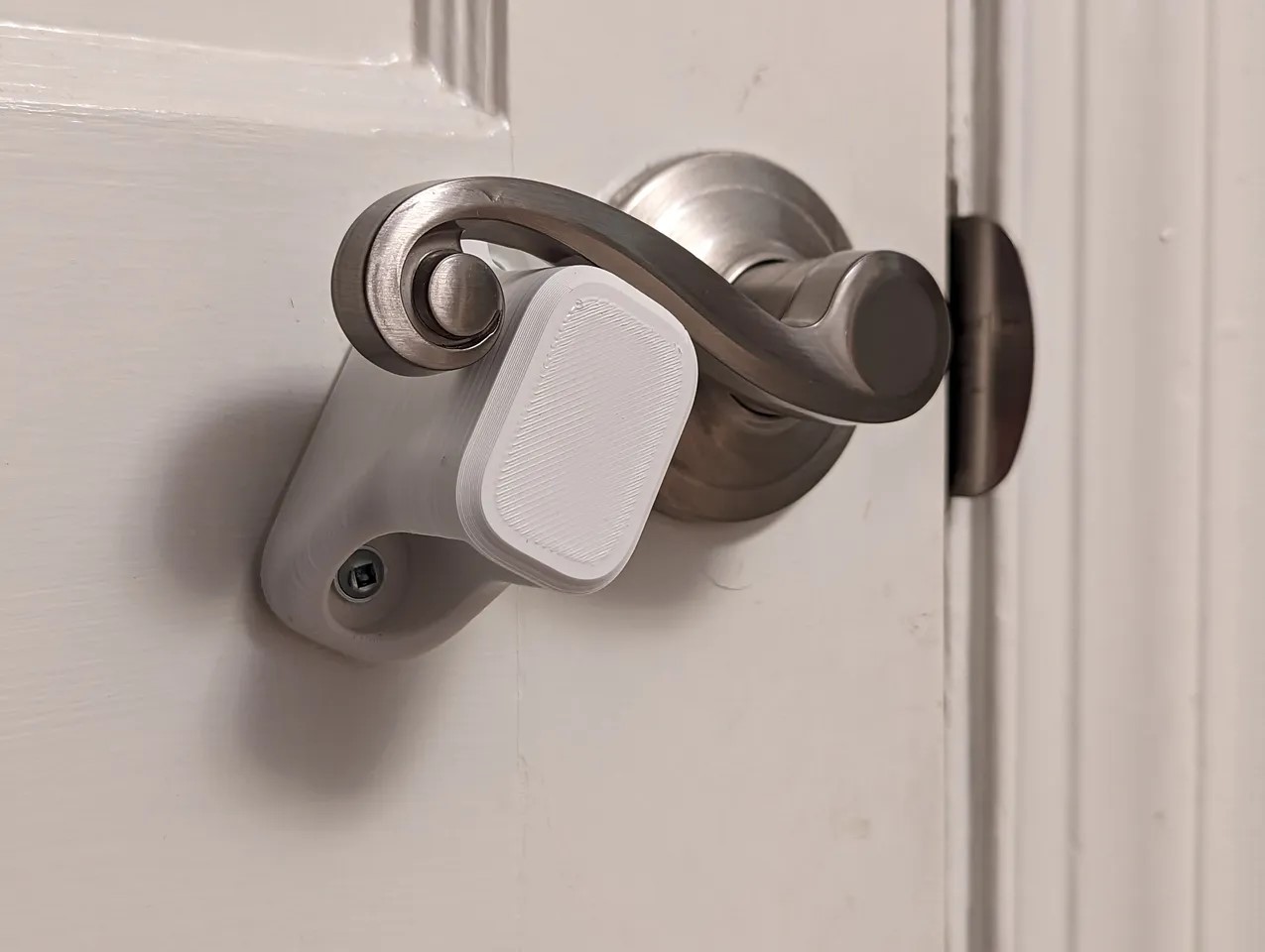
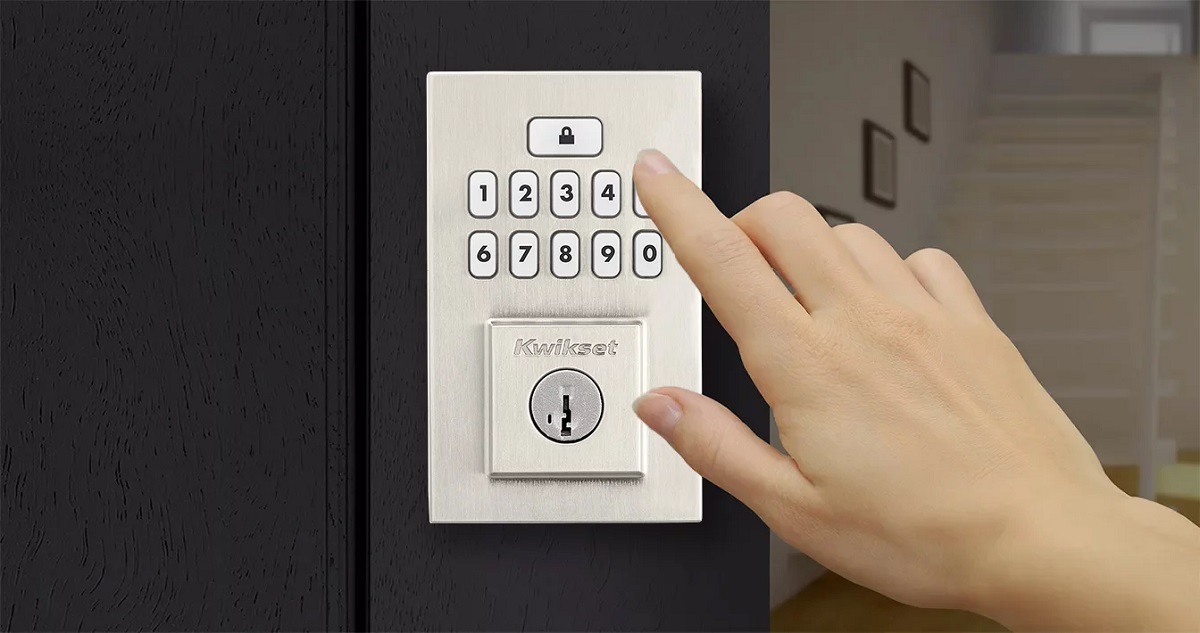
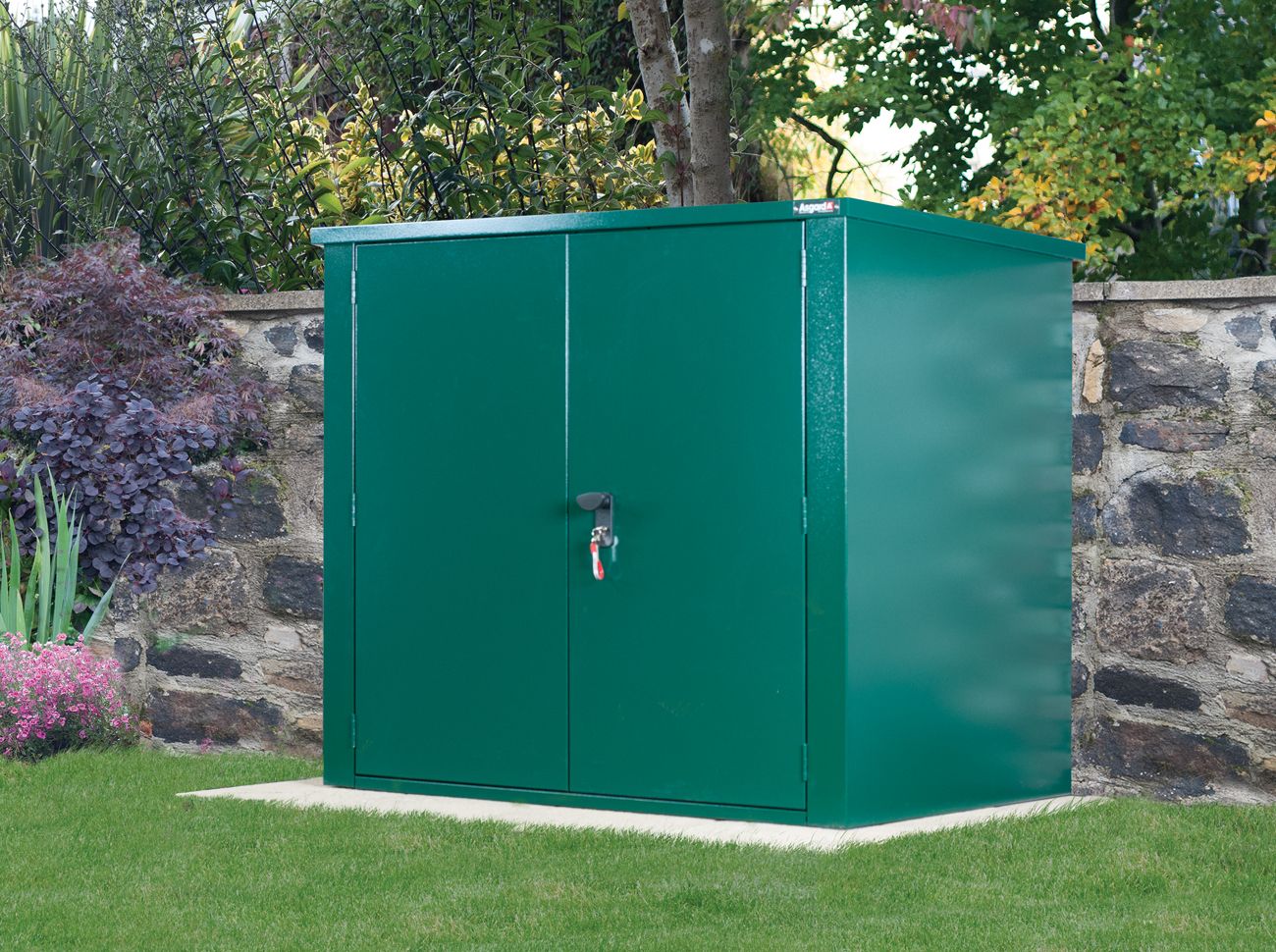
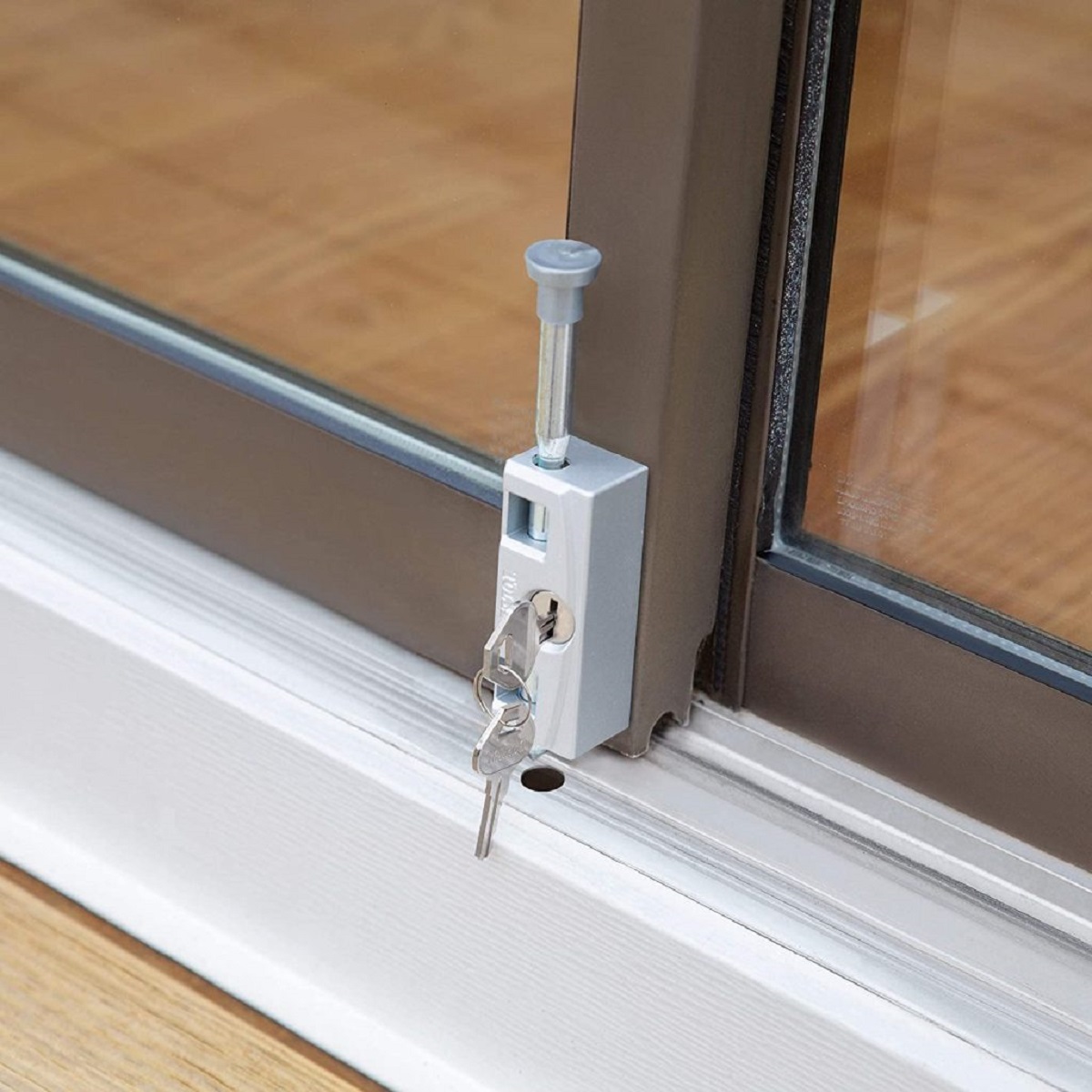
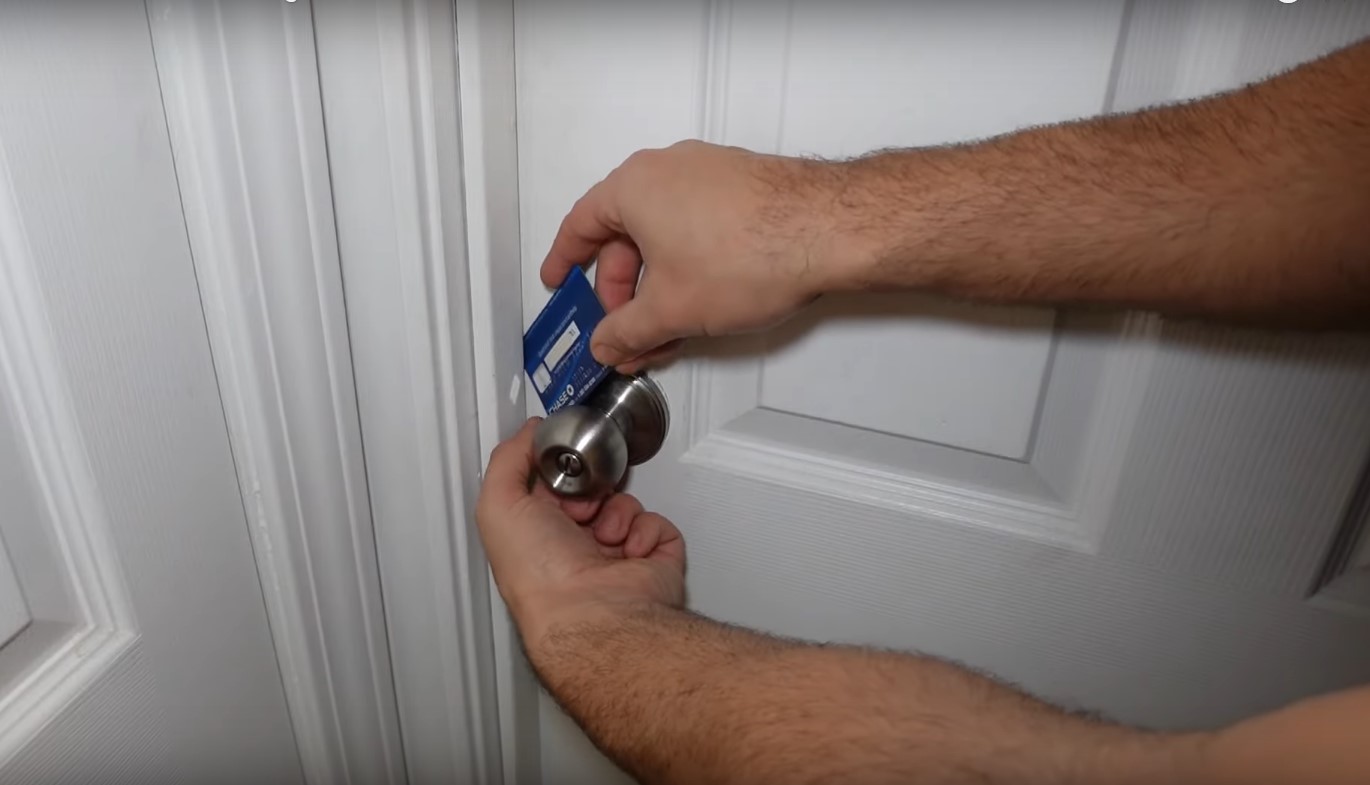
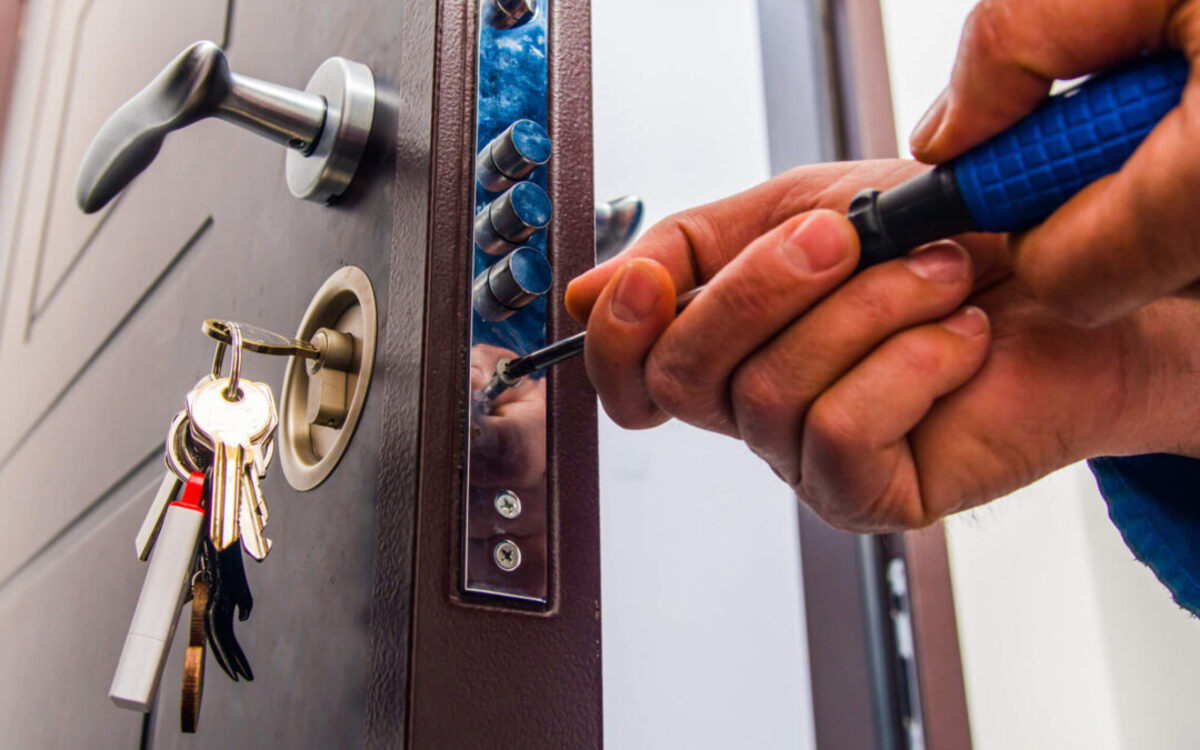
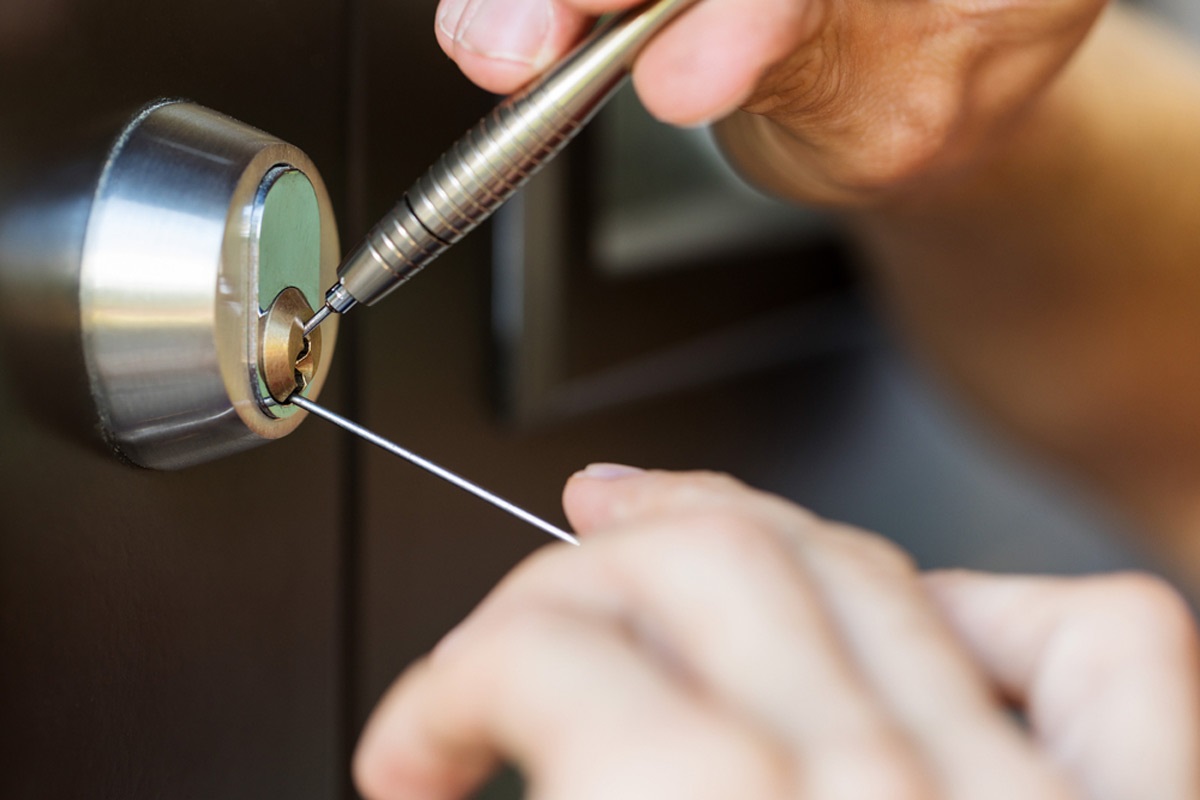

0 thoughts on “How To Lock A Door That Opens Out”